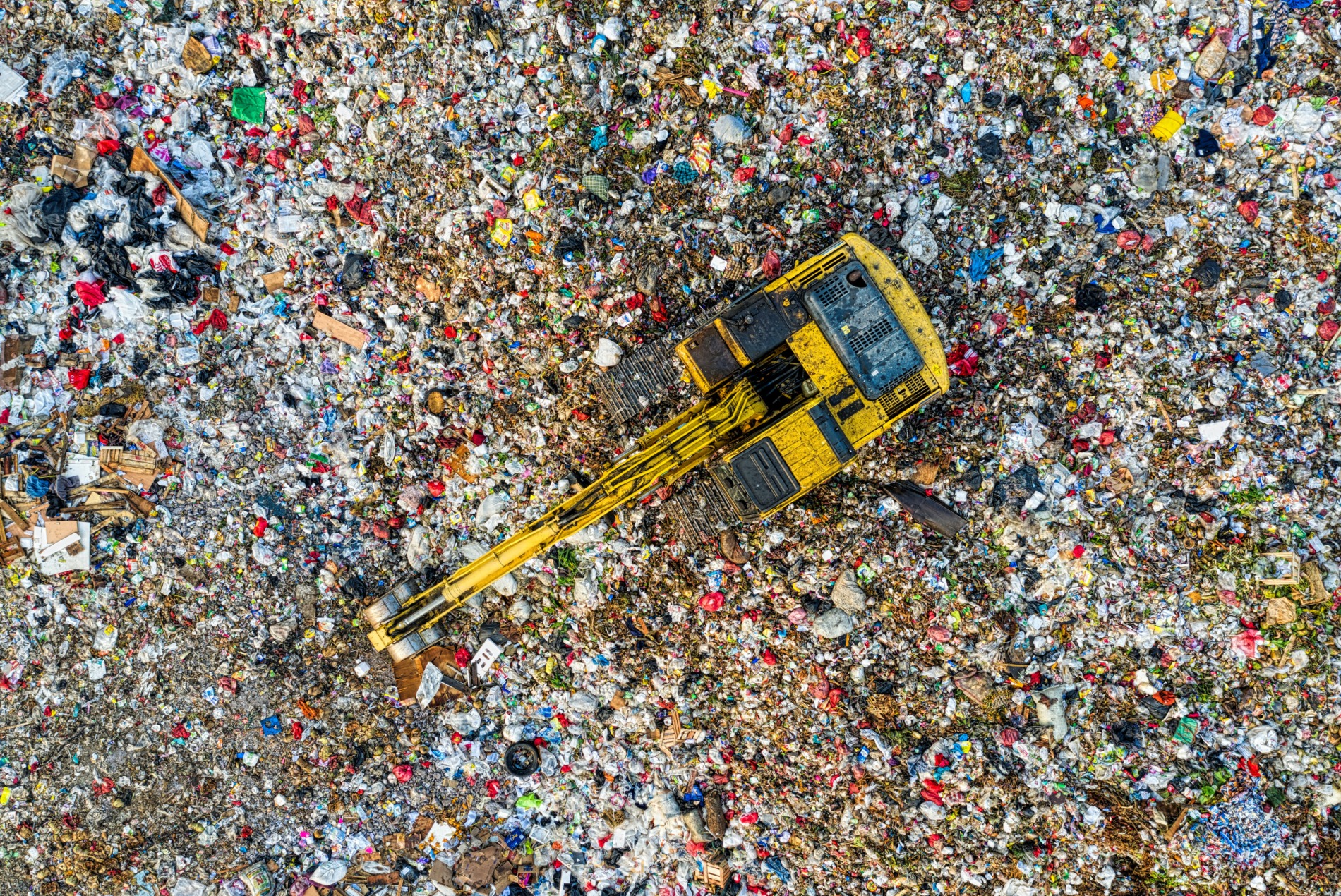The European Commission has proposed a bold new set of rules to help tackle the issue of the huge and harmful effects of textile waste and to challenge the problematic rise of so-called “fast fashion.”
The move is set to act on some shocking statistics. The European Union (EU) generates 12.6 million tonnes of textile waste per year. Clothing and footwear alone account for 5.2 million tonnes of waste, equivalent to 12 kg of waste per person every year. Currently, only 22% of post-consumer textile waste is collected separately for reuse or recycling, while the remainder is often incinerated or landfilled.
Speaking on the issue, Frans Timmermans, Executive Vice-President for the European Green Deal, commented:
“The wasteful relationship we have developed with textiles pollutes our world. It uses excessive amounts of water and energy, harms nature, and drives greenhouse gas emissions across the globe. That’s why we will require producers to take stronger responsibility for the textile waste created. The collected fees will be used to boost reuse and repair sectors so that we build a more sustainable relationship with the clothes we wear.”
The proposals aim to put in place the key EU principle of working towards a circular economy – a model of consumption based on designing products to be reusable to promote recycling and eliminate waste.
By making textile producers responsible for the entire lifecycle of their products, the wasteful model of “take, make and throw away” is being directly addressed. The textile industry is particularly notorious for this, creating issues such as growing and uncontrolled landfill, excessive water usage and harmful greenhouse gas emissions.
To do this, the Commission proposes introducing “mandatory and harmonised Extended Producer Responsibility (EPR) schemes for textiles in all EU Member States.” These will require producers to cover textile waste management costs, which as the EU writes “will also give them incentives to reduce waste and increase the circularity of textile products – designing better products from the start.”
The money will go towards positive initiatives to help with the collection, sorting, re-use and recycling capacities.
The EU expects that the new rules will also “create local jobs and save money for consumers in the EU and beyond, while alleviating the impacts of textile production on natural resources,” and that they’ll “promote research and development into innovative technologies for the circularity of the textiles sector” as well as address illegal textile waste exports.
Related Articles: Fast Fashion’s Detrimental Effect on the Environment | No More Burning Clothes: Destruction of Unsold Textiles To Be Banned in Europe | ‘Ground Zero of the Fast Fashion World:’ How Kenya Became the Fashion Industry’s Illegal Junkyard
This move by the EU can be seen as a positive and clear challenge to the issues created by a troubled but vital industry. It can also be seen in the greater context of a vital part of the EU’s larger “Waste Framework Directive” – which sets out a legal framework for tackling waste management in the EU, something vital to creating a more sustainable world.
The next stage for these new proposals is for them to be considered by the European Parliament and Council for implementation, before they can be put into practice.
Clarifying further exactly what these proposals seek to achieve, Virginijus Sinkevičius, Commissioner for Environment, Oceans and Fisheries, stated:
“This legislative proposal is a significant step towards a more sustainable and circular textile sector, delivering on our landmark Textiles Strategy. Harmonised extended producer responsibility rules across the EU will create a level playing field on the single market and ensure the application of the polluter pays principle. This initiative will drive investments in the reuse and recycling infrastructure for textiles, create local jobs and boost innovation in all phases of the textiles’ lifecycle. It will also create cost-saving opportunities for citizens who choose vintage, timeless fashion over fast fashion.”
Editor’s Note: The opinions expressed here by the authors are their own, not those of Impakter.com — In the Featured Photo: Bird’s eye view of a landfill in South Tangerang, Banten, Indonesia. Featured Photo Credit: Tom Fisk.

